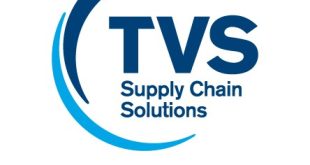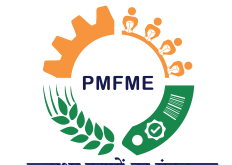August 25, 2022: Safe Water Network, an international NGO, and USAID convened a virtual session, ‘City Water Compendium: New Approach for Water Sustainable Cities’ at the Stockholm International World Water Week 2022.
The panelists at the session included Mr. G Ashok Kumar, IAS, Director General, National Mission for Clean Ganga, Ministry of Jal Shakti; Ms. D. Thara, IAS, Additional Secretary, Ministry of Housing and Urban Affairs; Mr. M Dana Kishore, IAS, Managing Director, Hyderabad Metropolitan Water Supply and Sewerage Board; Ms. Bandana Rai, Additional Secretary, State Civil Services, Urban Development Department, Government of Sikkim; Mr. R.K. Srinivasan, Water & Sanitation, Project Management Specialist, USAID/India; and Ms. Poonam Sewak, Vice President – Programs and Partnerships, Safe Water Network.
As per the World-Wide Fund 2020 report, by 2050, at least 30 Indian cities will face a grave water risk. The panel discussion focused on the importance of City Water Balance plans to make cities water positive and launched the City Water Compendium – a compilation of water availability, supply, and wastewater scenario of select 24 Indian cities. The City Water Compendium is developed using the ‘City Water Balance Plan e-Toolkit’ comprising 7 modules and 29 tools that was launched at World Water Week 2021.
Setting the stage for discussion, Ms. Poonam Sewak, Vice President – Programs & Partnerships, Safe Water Network India, said, “The City Water Compendium is built on the framework of City Water Balance Plan, an intuitive decision support system tool that helps city planners assess their water needs and plan strategies to ensure urban water security in their cities. It supports India’s Atal Mission for Rejuvenation and Urban Transformation (AMRUT 2.0) program, to develop sustainable water-positive cities through decentralization, improved local governance, private sector participation, incentives, and reforms on the principle of circular economy of water.”
Mr. G Asok Kumar, IAS, Director General, National Mission for Clean Ganga, said, “River Ganga is the lifeline to India, supporting 40% of the country’s population living in the Ganga basin. The success in transforming and rejuvenating Ganga lies in municipalities and citizens working together to abate pollution, and promote conservation and restoration. The Ganga basin restoration applies scientific tools, GIS mapping of microbial flora, and real-time water quality monitoring.”
Ms. D. Thara, IAS, Additional Secretary, Ministry of Housing and Urban Affairs, said, “Cities are facing water scarcity due to uneven demand-supply ratio, depleting water sources, increasing urbanization, and climate change threat. We have introduced the digital City Water Balance Plan concept in AMRUT 2.0 to make cities water positive. It analyzes service-level gaps, identifies priority intervention areas, and plans for projects aligned with national programs and Missions.”
Mr. M Dana Kishore, IAS, Managing Director, Hyderabad Metropolitan Water Supply and Sewerage Board, said, “We piloted the City Water Balance Plans and the City Water Index in Hyderabad city in 2020 to create water-secure and resilient cities along with Safe Water Network. The digital City Water Balance Plan is an effective tool designed to secure cities’ water by effecting water source conservation, recycling/reusing treated used water, and aquifer management.”
Ms. Bandana Rai, Additional Secretary, Sikkim State Services, Urban Development Department, Government of Sikkim, said, “Sikkim, a Himalayan State, adopts intensive micro-planning for water supply and has undertaken the urban water supply and sewerage holistically with initiatives like Flood Control & River Training, Storm Water Drainage System, and Anti-erosion Work to protect the public properties and infrastructures. The City Water Balance Plan tool helps water-sensitive urban design and planning.”
Mr. R.K. Srinivasan, Water & Sanitation, Project Management Specialist, USAID India, said, “USAID is proud to partner with the Safe Water Network and the Government of India to improve water resources management and to provide safe, clean, adequate water to the people. Working together to improve water management, developing tools such as the Compendium, and continuing to seek new approaches is essential to conserving water and serving the needs of growing urban populations.”
 Newspatrolling.com News cum Content Syndication Portal Online
Newspatrolling.com News cum Content Syndication Portal Online




